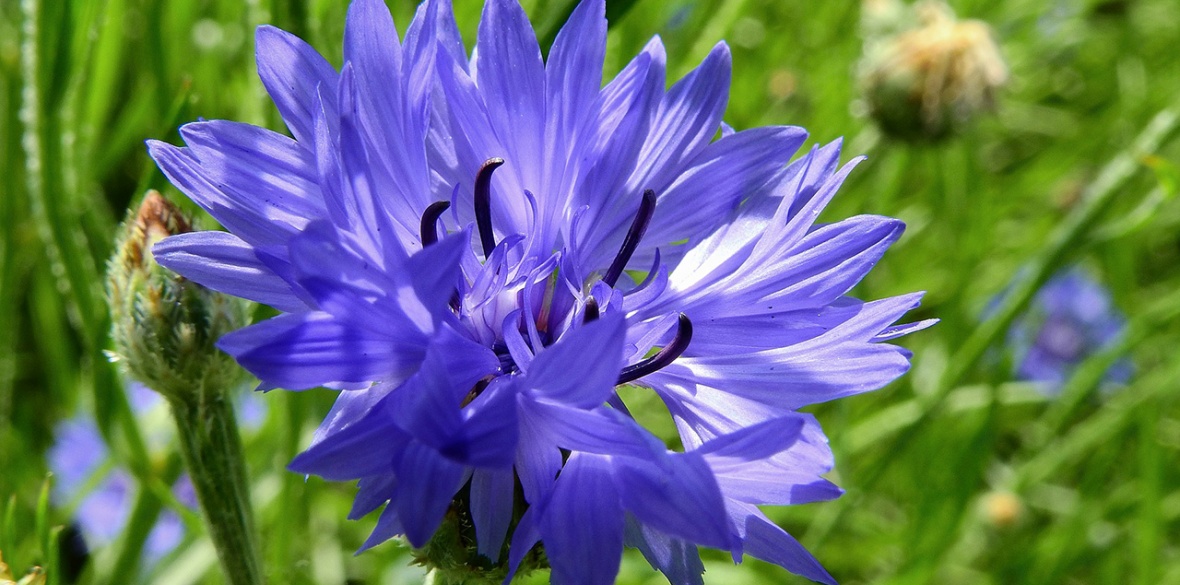This is the last article you can read this month
You can read more article this month
You can read more articles this month
Sorry your limit is up for this month
Reset on:
Please help support the Morning Star by subscribing here
IF YOU are lucky enough to have a garden, or even a window box or a place for a few pots, it is possible to grow a few edible flowers to pep up the taste and brighten the appearance of your home cooking.
Start planning now to grow some edible flowers, plants and herbs that will brighten your cooking and eating in the months to come.
You can grow a few flowers and use a few of the bright petals to zing up a salad, pep up a curry, or even decorate a cake. Blooms and buds will add spice, colour and taste to your dinner plate.
If you are keener on drinking than eating then do what I do, use these flowers for a more natural and attractive cocktail decoration than any paper umbrella.
There are a few very important rules for eating flowers:
• Only eat flowers that have been positively identified as edible.
• If they aren’t from your own garden check if they have been sprayed recently
• Do not eat shop-bought flowers. They are probably treated with chemicals.
• Avoid lilies — many varieties are poisonous.
Here are Frosty’s top favourite tasty blooms:
Nasturtium
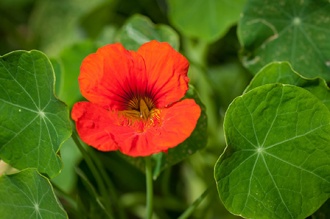
My first choice for edible flowers. The bright orange or yellow deliciously spicy-peppery tasting flower petals, leaves and seed pods of this annual plant are all edible.
The leaves have a taste similar to cress. Pick flowers throughout the summer, but only pick when you are ready to use them in salads, pasta and meat dishes. They grow easily from seed in pots and hanging baskets. Keep well-watered in hot weather.
Basil
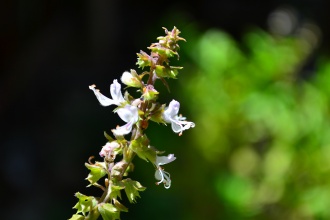
It is worth growing a pot of basil for its leaves that are really useful for cooking.
It needs a warm sunny position and rich soil, with protection from the wind. Mine thrive in a big pot in a sunny corner. You might try a windowsill.
Simply pick the leaves or flowering tops as soon as they open, and sprinkle them over salad or pasta and add to soups and pesto.
The flavour of the flower is milder, but similar to the very useful and better-known leaves.
Borage
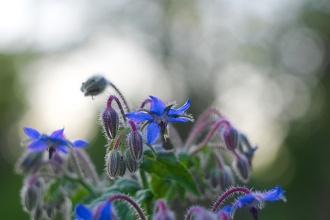
An annual herb with bright blue-purple spectacular star-shaped flowers.
The mildly cucumber-flavoured flowers can be tossed in a salad or floated on summer drinks such as Pimms.
They make a excellent garnish for both sweet and savoury dishes and on iced soups.
Cornflower
A pot of cornflowers is a beautiful thing. The flowers will add a deliciously spicy taste to salads. They are particularly pretty when scattered over iced cakes.
They are easy to grow from seed. Don’t pick wild cornflowers — they are an important part of the wildflower meadow ecosystem.

Veg
Courgette, squash, marrow and pumpkin all have large yellow flowers that can be coated in batter and then deeply fried.
They can also be stuffed with mozzarella cheese and then steamed or baked.
Dandelion
Can be gathered wild if they haven’t been sprayed. The yellow flower tastes of honey if picked young. It can turn bitter when mature.
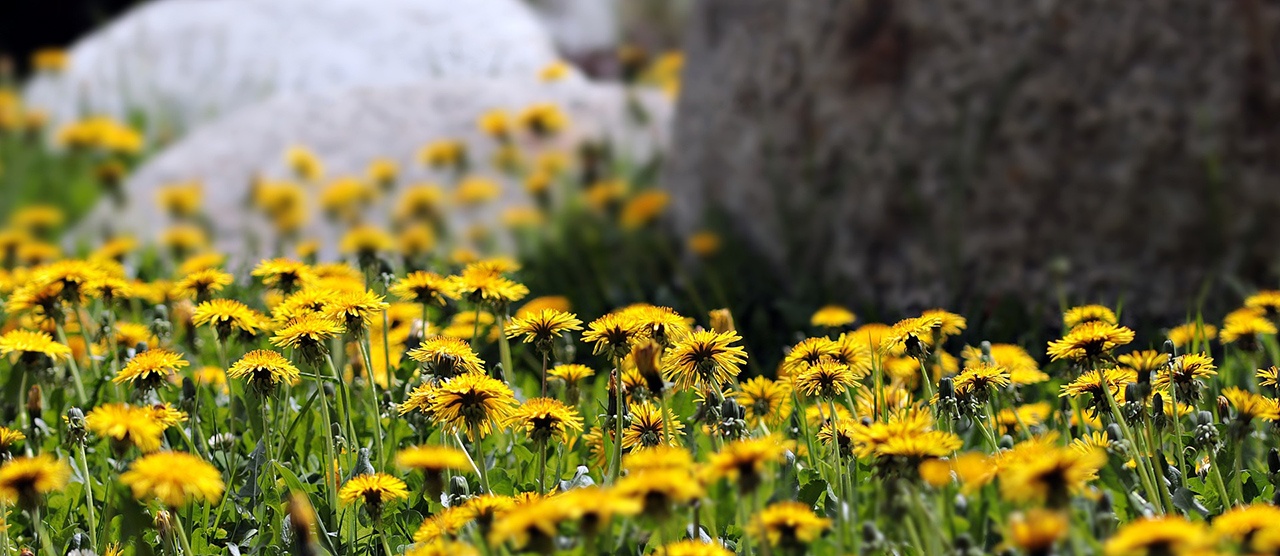
The flowers can be made into tea, wine and beer. Coat fully-open flowers with chickpea flour batter, mixed with a pinch of garam masala, and shallow fry for dandelion bhajis.
Use the brilliant yellow petals like confetti over rice dishes.
Dandelion’s old folk medicine name of “piss-the-bed” hints at dandelion’s diuretic properties.
Don’t drink too much or you might get properly pissed.
Elderflower
Trees grow in the wild everywhere. The flowers can be dipped in batter and fried, or turned into cordial.
They go very well with gooseberries, or make a deliciously delicate light sorbet, custard or ice cream. In autumn the berries make cordials or flavoured spirits.
Lavender
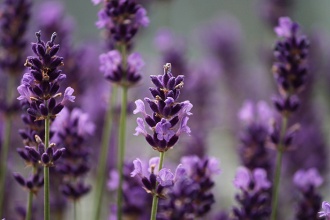
This familiar strong-scented flower can be used in jams, jellies, ice-cream, biscuits and even vinegar.
The flowers can also be crystallised, added to salads or used to make a tea.
Flowers are best picked when they first open, before seeds begin to form.
One of our pals’ signature dish is rabbit cooked in lavender — a delicious Spanish favourite.
And here’s a few more floral delights to be found in Peter’s edible posy:
Chives

The purple onion-like flowers from this easily grown perennial herb provide an oniony, but not overpowering flavour.
Harvest flowers just as they are opening. Leaves are just as useful — frequent picking will encourage flowering. Use to garnish salads and add to sauces.
Grow them from seed in a windowsill pot and keep well-watered and cut back frequently to promote new growth.
Pansy
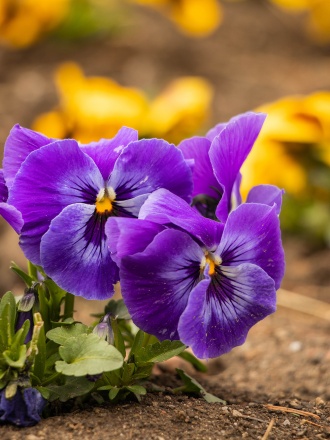
Pansy flowers have a mild, fresh flavour or a slightly grassy taste, depending on the pansy variety and how much of the flower is eaten.
The petals are very mild in taste but the whole flower tastes much stronger. Use pansies to garnish cocktails, desserts, soups and fruit salads.
For safety only eat home-grown pansies, not those grown commercially.
Pot marigold
The clue is in the name. It’s a cooking pot not a flower pot. Pot marigolds produce orange or yellow flowers, which come in a range of flavours, spicy, bitter, tangy or peppery.
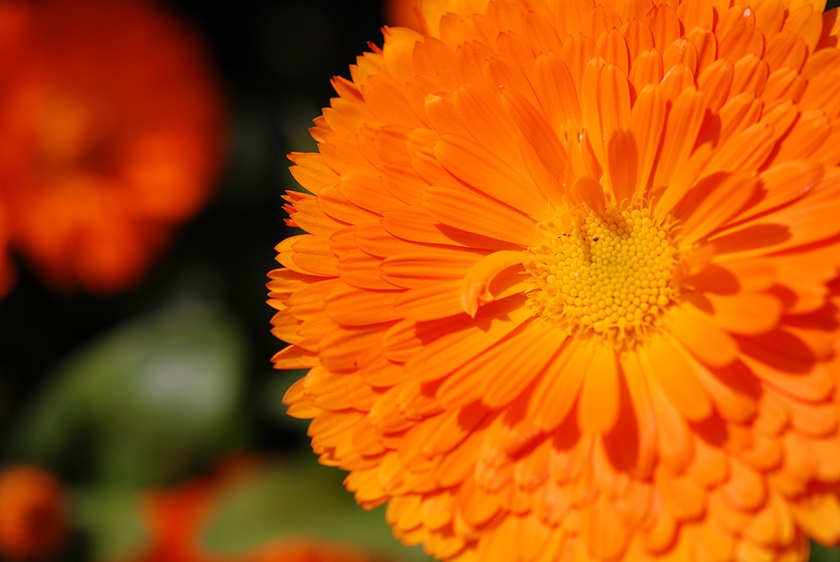
Petals can be sprinkled on soups, pasta, salads and rice. Powdered dried petals, sometimes known as poor man’s saffron, can be added to give a golden hint to paella, herb butter, spreads, soups and scrambled egg.
Sweet violet
The scented small blue or white blooms are one of the few edible flowers available in winter and early spring. They have a delicate flavour, used to add taste and colour in confectionery, as a thickener in soup and stews and make a tasty, interesting garnish for salads, fruit salads and desserts.
They make a spectacular top decoration to cup-cakes. Avoid eating to excess as they may have a laxative effect.
Rose
Let’s finish with that most romantic of flowers. What could be more romantic than sharing a dish garnished with rose petals with the one you love.
Rugosa roses have large single flowers with the most flavoursome petals of all the roses.
A close second are old roses — damask and gallica rose petals are particularly delicious.
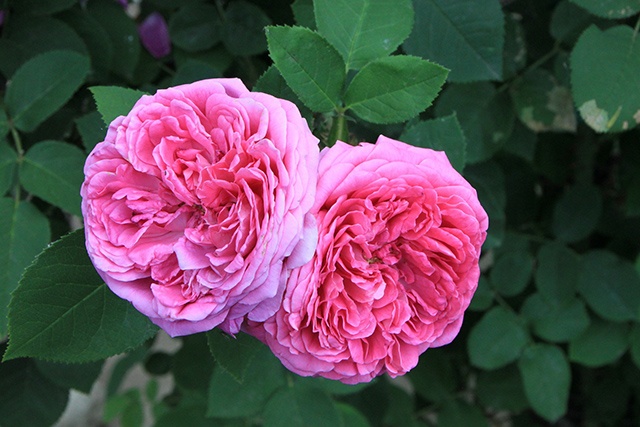
Hybrids can leave an aftertaste, so sample a petal before taking it into the kitchen.
Ensure when harvesting petals that the sour whitish petal base is removed. Rose petals can be used to make jam, flavour sauces and in sweet or meat dishes.
Try one or two of my ideas if you can. They make an impressive addition to the look and flavour of some day-to-day as well as exotic dishes.

